Core Muscles Injury
Core Muscles Injury, also known as athletic pubalgia or sports hernia, is an injury to a tendon or muscle in the lower abdomen or groin that causes chronic discomfort. It’s a misnomer; it’s not a genuine hernia, which is when an organ protrudes through the wall of the cavity that supports it.
Core Muscles Injury, which is commonly caused by the repeated, forceful displacement of the pelvis, produces persistent groin discomfort, particularly during intensive physical exercises. We have pioneered various innovative surgical therapies, including nerve surgery, to address your pain at its root.
Football and tennis players are especially prone to this condition. However, anyone may strain the Core muscles. Muscle strains improve over time with rest. Core-strengthening exercises can assist in avoiding torn muscles.
What is Core Muscle Injury?
- Core Muscular Injuries, sometimes called strained stomach muscles, are typical injuries caused by excessive use. It arises when the muscles in your stomach strain or tear. A core muscular strain happens when you tear or overstretch the stomach muscles. A core muscular strain is the same as a strained stomach muscle.
- Core muscle injuries are caused by a tear or a succession of microtears in the core muscles, which stretch from the chest to the mid-thigh. The muscles that attach to your pubic bone are the most commonly injured core muscles.
- You may have previously heard the core muscle ailment referred to as a “sports hernia.” Core muscles comprise the abdominal, oblique, and thigh muscles. Many core injuries affect many muscles in the mid-chest to just above the knee.
- Core muscle injuries can affect any of the following bodily structures. Core injuries are most prevalent in the rectus abdominus muscle (often known as your abs) and the three adductor muscles in your inner leg.
What are Core Muscles?
The core muscles are part of the musculoskeletal system. These muscles in the front of the body, located between the pelvis and the ribs, support the trunk (midsection), hold organs in place, and allow you to move.
Your abdominal and back muscles are core muscles that support and stabilize your spine. They work together to help you sit, stand, walk, and exercise.
The core muscles consist of several muscle groups:
- Oblique muscles flex to assist rotate your trunk left and right.
- Rectus abdominus muscles: The muscles in six-pack abs are known as the rectus abdominus. They enhance movement between the rib cage and the pelvis.
- The transverse abdominus muscles are the deepest core muscles. They help to stabilize the trunk and protect the organs.
Where can Core Muscular Strains (stretched Core Muscles) occur?
An abdominal muscle strain can affect any of the abdominal muscles. You may have
- left-side abdominal strain.
- Right-side abdominal strain.
- Lower abdominal strain.
- Upper abdominal strain.
Core Muscles Injuries
Given all of the body elements that comprise the core, from muscles to ligaments to bones, there are many different variations of core muscle injuries. The rectus abdominus and adductor muscles in the thigh are two of the most often injured core muscles.
The following is a list of frequent variations for core muscle injuries:
- Rectus Abdominis/Adductor type: This is the most prevalent type, and it causes intense, exertional discomfort due to the insertion of the rectus abdominis onto the pubis, or where the muscle is linked to the pubic bone. The condition is often caused by a rupture or attenuation of the rectus abdominis insertion, as well as secondary discomfort around the adductor insertion sites on the pubis.
- Adductor Longus Variant: The primary source of discomfort is the adductor longus muscle.
- Pectineus Variant: The major cause of discomfort is the adductor pectineus muscle.
Spigelian variation: The discomfort is not caused by a hernia but by a vertical extension of the same musculofascial shredding that characterizes the typical rectus abdominis variation. - Baseball Pitcher/Hockey Goalie Syndrome: This condition most commonly affects the aforementioned athletes and consists of scarring and fibrosis of the fascia or epimysium that covers the adductor muscles below where they join to the pubic bone. This scarring tightens the muscle and creates pain.
- Osteitis Pubis Variant: This discomfort is caused by inflammation of the pubic bone and/or connected muscles.
- Iliopsoas Variant: The pain is mostly felt where the psoas muscle, which is positioned on the side of the lumbar area of the vertebral column, joins with the back of the neck of the femur bone. The discomfort is caused by bursitis, which is inflammation or irritation of the fluid-filled sacs that minimize friction in that area of the hip joint. Bursitis is a disorder that results from instability produced by the abdominal muscles’ poor connection to the pubic bone.
- Gracilis version: In this version, the pain is felt more from the gracilis muscle, which runs down the inside of the thigh, than the adductor longus muscle.
- Athlete’s Rib Syndrome or Rower’s Rib: This ailment mostly affects rowers, tennis players, and boxers. It happens when the abdominal muscles that are intertwined with the lowermost intercostal muscles—which run between the ribs and help build and move the chest wall—dislocate the 11th and 12th ribs and/or the cartilages linked to those bones.
- Superior Rectus Variant: This condition combines the Spipgelian and athletic rib variations.
Sartorius variety: Most frequent in women, this variety causes significant discomfort at the point where the long sartorius thigh muscle inserts into the pelvis, as well as pain in the lower abdominal muscles. - Sartorius variety: Most frequent in women, this variety causes significant discomfort at the point where the long sartorius thigh muscle inserts into the pelvis, as well as pain in the lower abdominal muscles.
- Snapping Hip Syndrome: This happens when muscles or tendons slide across one of the hip’s bony protrusions. It is usually caused by stiffness in these muscles and tendons, and it mostly affects those who must bend at the hip regularly, such as sports and dancers. Muscle tightness is more frequent in young athletes and women since it commonly occurs during development spurts.
- Round Ligament Syndrome: Some women experience discomfort when exerting themselves due to the round ligament in their uterus. This should be distinguished from other core muscle injuries and gynecologic problems (such as endometriosis).
Adductor Avulsion Variant: The adductor longus muscle can partly or entirely separate from the pubic bone, causing significant discomfort. - Adductor Calcification Syndromes: These are common among bull riders. The calcification that occurs as a result of this damage frequently causes significant inflammation and discomfort years later. This can also be caused by PRP (platelet-rich plasma) injections into the adductor muscles.
- Iliotibial Tract Syndrome: The iliotibial tract, also known as the iliotibial band, is a broad strip of tissue that connects various muscles on the thighs’ outer surfaces. Pain in this area might be a side effect of athletes compensating for an abdominal muscle condition.
- Rectus Femoris, Quadratus, or Pectineus Syndrome: Pain may arise predominantly or secondary to various insertion sites or bursae associated with these muscles and tendons.
Causes of Core Muscle Injury Strain (Pull in the Stomach Muscle)?
- A strained stomach muscle is frequently an overuse injury.
- Repetitive motions, typically during sports or other physical activity, cause the muscle to stretch or rupture.
Other reasons include accidents, such as falls or car collisions.
- Chronic coughing and sneezing.
- Intense or excessive exercise.
- Lifting large items.
- Poor form during sports or exercise.
- Sudden twisting.
Symptoms for Core Muscles Injury
There are many forms of core muscle injuries, thus the symptoms might differ. The pain associated with an injury might vary from person to person. Some patients report intense, shooting pain, while others have a steady, chronic discomfort over time.
Common signs of a core muscle injury may include:
- Following an acute injury, you may experience abdominal or groin discomfort.
- Abdominal or groin discomfort that intensifies over several weeks, months, or even years.
- Chest or rib ache.
- Increased discomfort during and after activities.
- Pain is minor while at rest.
- Unilateral or bilateral pain.
- Temporary discomfort that arises and goes away on one or both sides.
- Pain that spreads from the belly to the groin or thighs.
- Increased pain or discomfort with exercises such as sprints, kicks, or lifts.
- Increased pain or discomfort when coughing, sneezing, or rolling over in bed.
- Preventing optimal performance.
- Unable to conduct everyday tasks.
Diagnosis for Core Muscles Injury
Earlier Detection of a Core Muscle Injury
- The history and physical examination are two critical factors in the early diagnosis of a core injury.
- The discomfort in your abdomen, groin, or thighs may interfere with routine actions like coughing, sneezing, or turning over in bed.
- Depending on your injuries, pain might spread from side to side and include several muscle attachment sites, including the rectus abdominis and adductor muscles.
- Inflammation of the pubic bone (osteitis pubis) is sometimes associated with core muscle injuries and can cause soreness and pain.
- These might be signs of a core muscle injury and should prompt a visit to a professional in the area.
Additionally, your doctor might suggest the following diagnostic procedures:
- X-rays: This research can identify fractures or other ailments by using electromagnetic beams to create images of the bones.
- MRI Scan: This imaging procedure looks for soft tissue injury by using radio waves and a strong magnetic field.
- Ultrasound: To create images of the tissues, high-frequency sound waves are used in this research.
Treatment for Core Muscle Injury
Conservative Treatment for Core Muscles Injury
Conservative measures for damage to the core muscles include:
- Putting ice on the hurting region: Alternate using an ice pack and warm compresses on the damaged region.
- Modification of activity
- Anti-inflammatory drugs: Take nonsteroidal anti-inflammatory medications (NSAIDs) to relieve pain and inflammation.
- Wear an abdominal brace to help support your stomach muscles and reduce edema.
- Physical treatment to improve stability in the core, visit a physical therapist to learn stretching and strengthening exercises.
- Procedures and injections used for therapy
- Massage therapy
Surgical Treatment for Core Muscle Injury
Several surgical procedures may be available depending on the kind and extent of the injury to the core muscles, such as:
- Anchoring the muscle attachments to the surrounding ligaments and bones to maintain the pubic joint stable.
- Reattachment of the pubic bone to the rectus abdominis muscles during an open surgical procedure to rebuild the pelvic floor.
- For adductor muscle injuries, an adductor compartmental decompression or repair.
- Many traditional techniques treat solely muscular problems and fail to address damaged nerves.
- Treating muscle and tendon damage without treating nerve injury may result in ongoing pain and discomfort.
- Minimal Invasive Surgery: We perform an outpatient treatment to restore damaged or weakened muscles or tendons.
- Neurolysis is the temporary or permanent degradation of nerve fibers.
- Neurorrhaphy is the surgical repair or suturing of a damaged nerve.
- Bone Anchor Mesh Reinforcement of the Core Muscles: A novel method for attaching a mesh to the bone to strengthen the healing and prevent re-injury.
Prevention for Core Muscles Injury
- Allowing your abdominal muscles to rest during specific exercises will reduce your risks of straining a stomach muscle.
- You might also: Ask for assistance while carrying big objects.
- Stretch the core muscles regularly by doing Pilates, yoga, etc.
- Planks and other core-working workouts can help to strengthen your abdominal muscles.
- Warm up your muscles before engaging in strenuous physical activity, then cool down afterward.
Summary
Although a pulled core muscle, which is a torn abdominal muscle, might cause pain, most people who receive enough rest can recover completely. During their recuperation phase, a person should be careful to avoid physically demanding activities or exercise.
People ought to consult a physician if they are suffering from any serious or persistent symptoms.
A hernia could be the cause of any strange protrusion in the abdomen, therefore anyone who discovers one should consult a doctor. They should get medical help right once if they have severe soreness, nausea, or a fever.
FAQs
Are core muscles susceptible to injury?
Acute or chronic injuries to the core muscles can happen to anyone, not just athletes. Anybody engaging in physical activity, whether it be for business, sports, or leisure activities like walking or jogging, runs the risk of suffering a core muscle injury.
How can core muscle damage be repaired?
Sports hernias and athletic pubalgia are other names for core muscle injuries that are treated surgically with core muscle restoration. It entails suturing the intact ends of the abdominal core muscles—usually the rectus abdominis—that have been ripped or injured.
Does the core heal quickly?
Compared to other muscle groups, your abs recover more quickly. Since fast-twitch muscle fibers make up the majority of their structure, they tire and recover quickly.
Which three signs indicate a strained muscle?
A strain’s symptoms could include:
discomfort and trouble using the damaged muscle, Skin bruised and discolored, Swelling.
Can muscles that have been injured heal themselves?
Following this phase of inflammation, the muscle starts to repair itself by growing new muscle fibers from stem cells found in the vicinity of the damage. But where the muscle was wounded, a sizable quantity of scar tissue also grows. The muscle tissue never entirely regenerates; instead, the scar tissue restructures over time.
What leads to weak abdominal muscles?
Surgery, injuries, or inactivity can all lead to muscle weakening or diminished control over certain muscles. Common signs of core muscle weakness or decreased control can lead to movement dysfunction and reduced quality of life.
References
- Poor, A. E., Roedl, J. B., Zoga, A. C., & Meyers, W. C. (2018). Core muscle injuries in athletes. Current Sports Medicine Reports, 17(2), 54–58. https://doi.org/10.1249/jsr.0000000000000453
- @AmazingDG. (n.d.). Core Muscle Injury Rehab & Recovery | The Vincera Institute. Vincera. https://vincerainstitute.com/core-muscle-injury-treatment/recovery#:~:text=Recovery%20time%20for%20Core%20Injuries&text=Previous%20medical%20history%20can%20also,to%2012%20weeks%20after%20surgery.
- Sissons, B. (2024, January 25). Pulled stomach muscle: Causes, treatments, and how to identify. https://www.medicalnewstoday.com/articles/325914#summary
- Professional, C. C. M. (n.d.-a). Abdominal muscle strain. Cleveland Clinic. https://my.clevelandclinic.org/health/diseases/21807-abdominal-muscle-strain
- Core Muscle Injury Treatment Chicago, IL | Athletic Hip Injuries Treatment | Hip Surgeon Chicago, IL. (n.d.-b). https://www.americanhipinstitute.com/core-muscle-injury.html

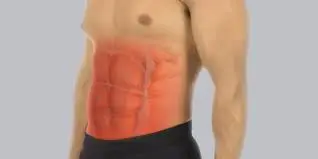
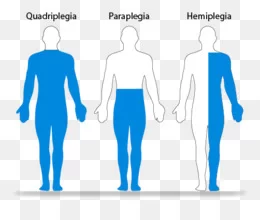
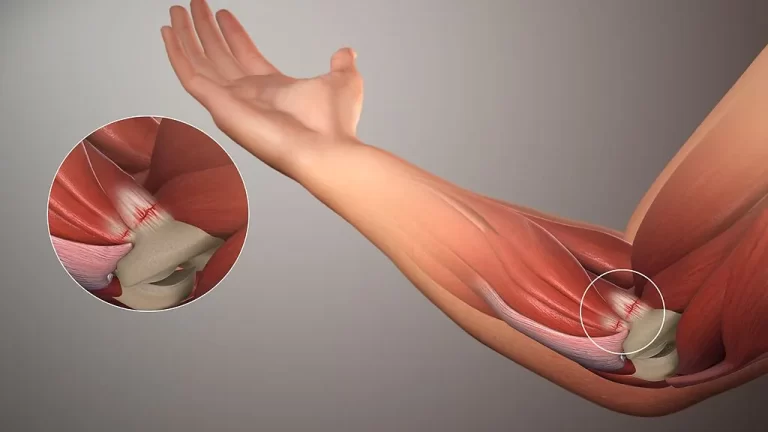
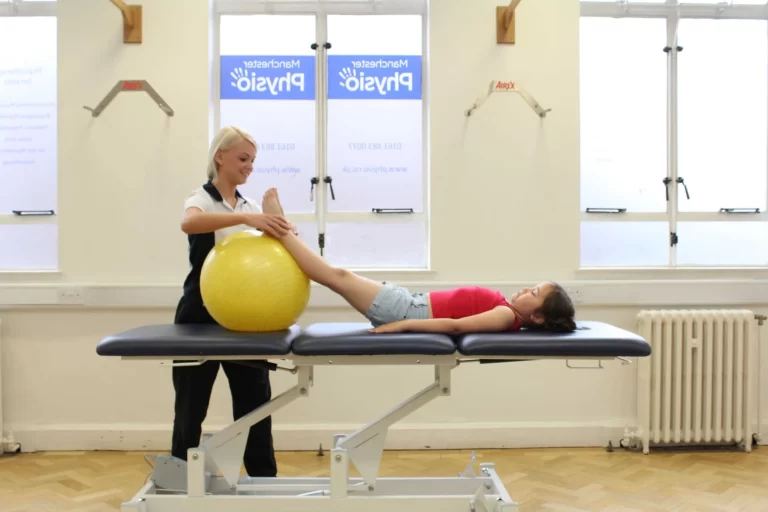
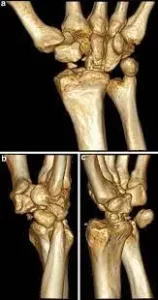

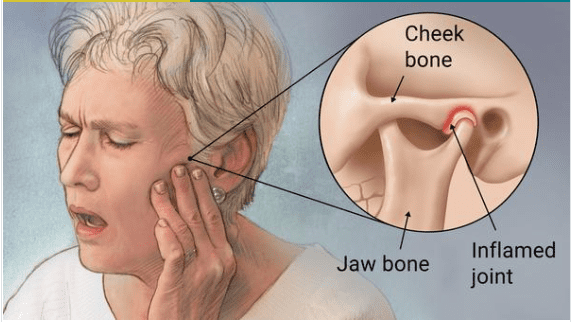
One Comment